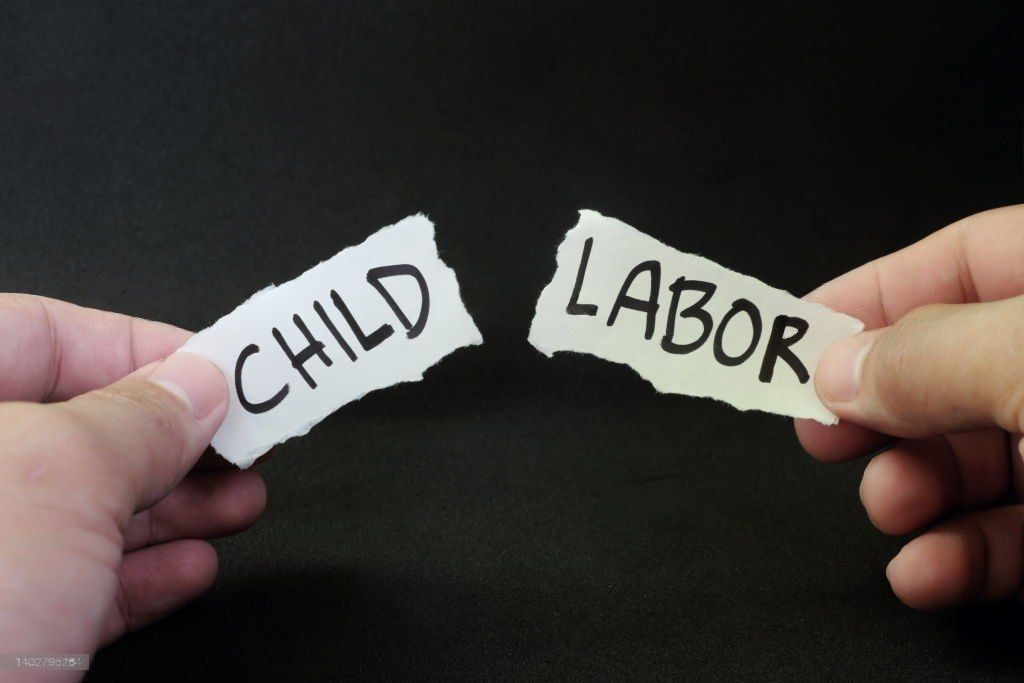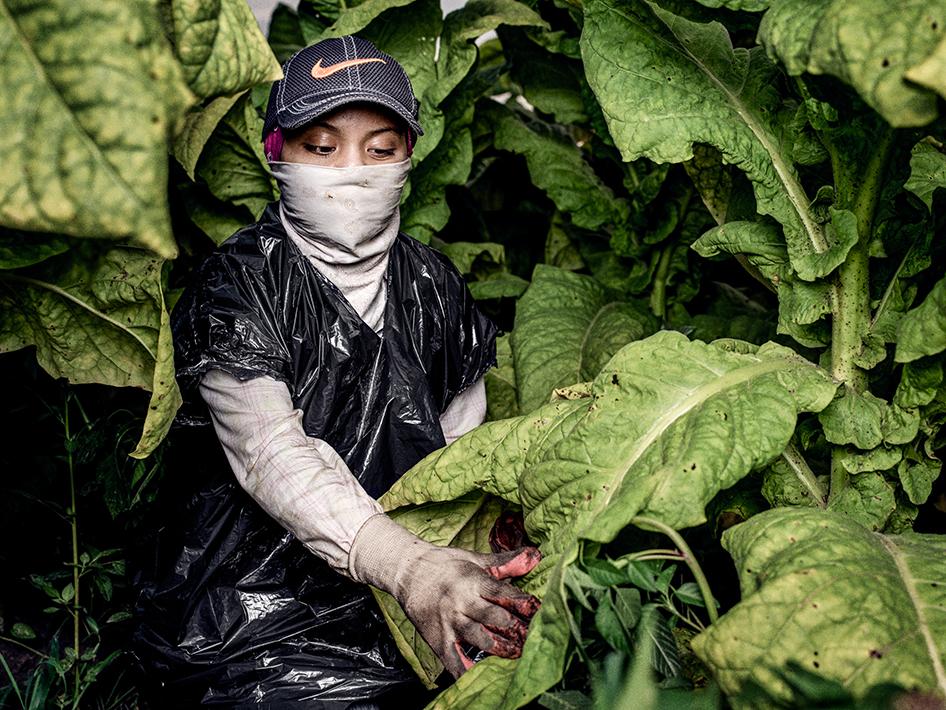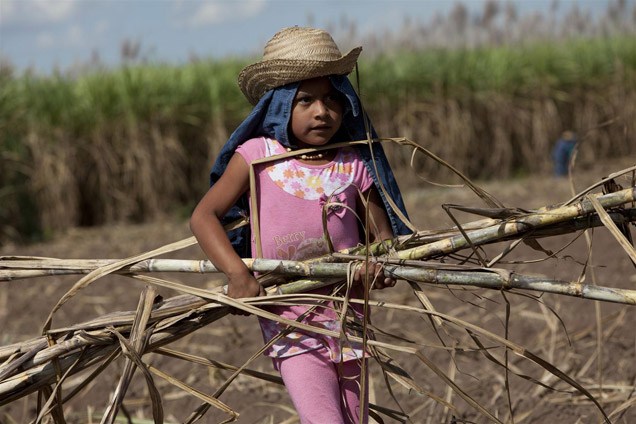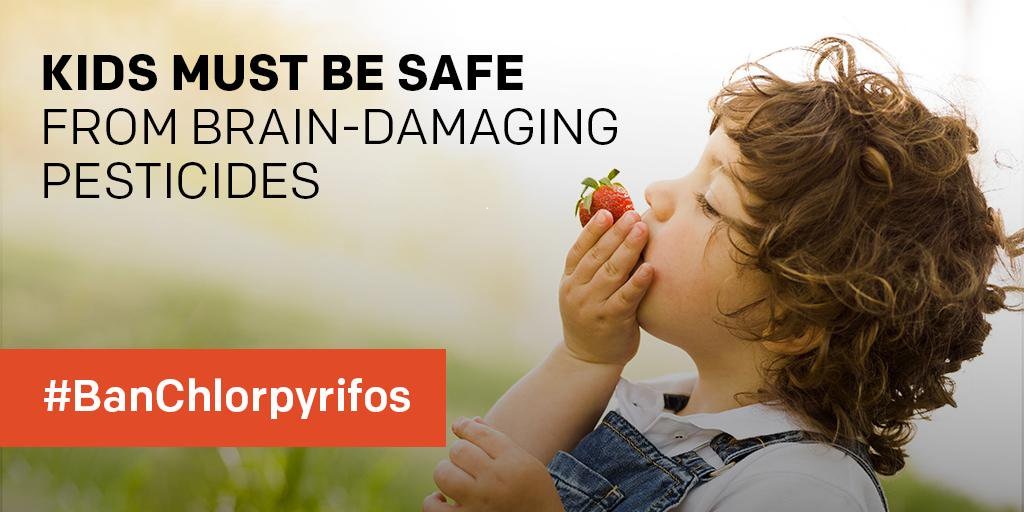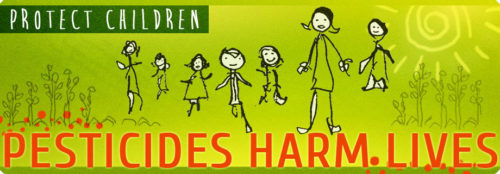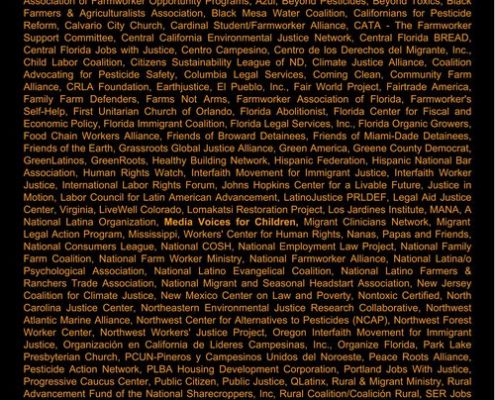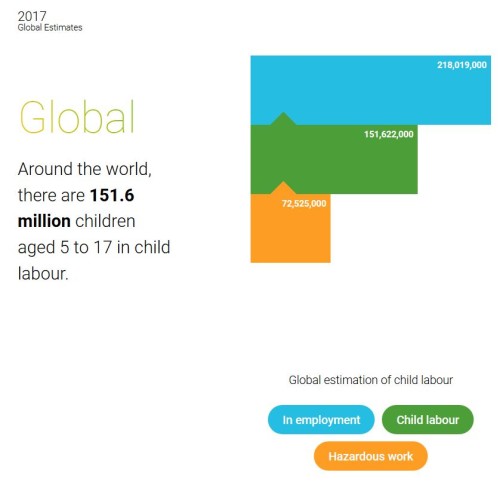Press Release: 100+ organizations urge full restoration of USDOL/ILAB programming and staffing to fight against child labor, forced labor, and human trafficking
More than 100 organizations urge full restoration of USDOL/ILAB programming and staffing to fight against child labor, forced labor, and human trafficking
Washington, DC—In a bold show of unity, more than 100 organizations have issued a new statement urging Secretary of Labor Lori Chavez-DeRemer and the U.S. Congress to restore essential programs and staffing levels of the International Labor Affairs Bureau (ILAB), a frontline force in the global fight against child labor, forced labor, and human trafficking. ILAB also plays an important role in expanding global labor protections, with the aim of ensuring a level-playing field for American businesses at risk from overseas manufacturing that relies on exploited labor.
In late March, the Trump Administration terminated more than $500 million in ILAB grant programs. The Bureau is now bracing for catastrophic staff reductions and is expected to lose at least half its personnel this week.
For decades, ILAB has stood as a global leader and the primary U.S. government funder of child labor remediation and a major funder of efforts to reduce forced labor and human trafficking internationally.
The signatories of the ILAB-support statement include human rights, labor rights, anti-trafficking, and child rights organizations, as well as representatives of the U.S. business community. Faith-based groups and two of the largest unions in the U.S.—the National Education Association and the American Federation of Teachers—who share deep concern about the development of children at risk of child labor, are also among the signatories.
We are unified in our message: the United States must not abandon its global leadership role in defending our most vulnerable workers.
The ILAB-support letter and list of signatories can be found here.
A list of quotes from some of the statement signatories follows:
“The ILAB team has deep expertise in carrying out important priorities to all Americans, including ensuring that products that come into our country are made free from child and forced labor. It also works on monitoring and enforcing the effective implementation of our trade agreements. The ILAB programs provide a vital tool for our nation to fight against trafficking, child labor and exploitative cheap labor. The elimination of these grants and possible staff positions undermines the interests of workers in the United States and around the world.” — Liz Shuler, president, AFL-CIO
“The dismantling of ILAB grants and accompanying staff reductions threatens to unravel decades of progress in combating forced and child labor, human trafficking and exploitation around the world. For over 20 years, ILAB-supported programs have helped uphold the values of dignity, freedom and fairness by supporting grassroots efforts to ensure safe workplaces and human rights protections across global supply chains. Crucially, many of these programs were established to enforce labor provisions in countries where the United States has trade agreements. They help ensure that our trading partners live up to their commitments. Cutting these programs risks turning a blind eye to violations that directly impact the fairness of our trade relationships.” — Shawna Bader Blau, executive director, Solidarity Center
“ILAB’s work reflects the values of the American people and the Trump administration by putting American workers and businesses first. Eliminating all ILAB grants instead puts American workers and American businesses last, leading to unfair competition with countries and foreign businesses that are not held to the same laws and standards for labor abuses, forced labor, human trafficking, and child labor.” — Nate Herman, senior vice president of policy, American Apparel and Footwear Association
“Workers around the world are at higher risk of exploitation and abuse because of these cuts. Without ILAB programs, more children will end up in dangerous work that could harm their health, disrupt their education, and rob them of their childhood.” — Jo Becker, children’s rights advocacy director at Human Rights Watch
“Forced labor and child labor are ubiquitous in global supply chains, harming the victims and creating an unfair playing field for U.S. workers. For more than two decades, the Department of Labor’s international grant programs have made tremendous strides in combating human trafficking and abuse. That has now ended. The administration’s counterproductive decision to eliminate $500 million in funding for this work undermines progress in the global fight to end forced labor and child exploitation. We strongly urge Secretary Chavez-DeRemer to restore this essential funding immediately and to end the attack on ILAB.” — Martina E. Vandenberg, president, Human Trafficking Legal Center
“We call on Secretary Chavez-DeRemer to restore ILAB’s funding. Through our work and partnerships, we have seen how this funding and the bureau’s partnership has been pivotal in addressing forced labor, human trafficking, and child labor by supporting organizations in developing enforceable brand agreements in India and Lesotho, strengthening labor standards for seafood workers in the Asia Pacific, advancing freedom of association in Mexico, and more. The loss of $500 million will have crippling effects around the world and impact those most vulnerable.” — Kehinde A. Togun, managing director, Public Engagement, Humanity United
“Restoring these grants gives child laborers a fighting chance at an education, better jobs as adults, and raises wages and living standards world-wide.” — Tim Ryan, chair, Global March Against Child Labour
“For decades, the Bureau of International Labor Affairs (ILAB) has been the U.S. government’s primary funder of child labor remediation projects around the world. ILAB also funds projects to reduce and end forced labor and human trafficking and to expand labor rights to ensure that American businesses do not face unfair competition from overseas companies that engage in exploitative labor practices. Over the last 25 years, ILAB has played a leading role in the remarkable reduction of global child labor from 246 million to 168 million—by more than one third. Cuts to ILAB’s programming and staff threaten to spark a dramatic increase in global child labor.” — Reid Maki, director of child labor advocacy, Child Labor Coalition and National Consumers League



